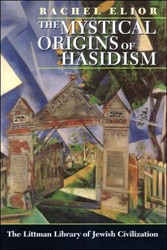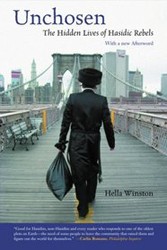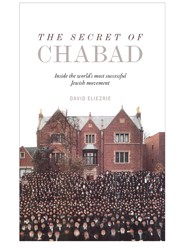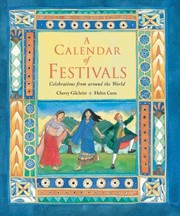Hasidic biblical commentaries fall into several categories: short textual analyses, long discursive interpretations, pithy observations only tangentially related to the text; and lengthy convoluted sermons only recorded by trustworthy memorizers after the conclusion of the Sabbath. Each rebbe had his distinct style. Some were folksy, some were learned, and some were mystics. Some were totally original, some built upon earlier rebbes, and some stayed with the text.
Rabbi Leshem has read widely and deeply. However there is a difference between knowing a genre and successfully duplicating it. Earlier anthologies of Hasidic works wisely presented in translation the writings of the Hasidic masters. The last great Hasidic writer and thinker was Rabbi Menachem Mendel Schneerson (d. 1994) who created his own unique style. Arebbe can inspire, teach, chastise, encourage, and arouse his adherents. We must bear in mind that all the great Hasidic commentators were writing primarily for their own hasidim.
Redemptions contains several short essays on each Biblical portion and on the holidays. The writing style is choppy, peripatetic, and often simplistic. Themes aren’t fully developed, concepts are not explained (e.g. the sefirot) and there is no glossary or bibliography. As the author himself notes, it is not really even hasidic since so many standard, classic, and modern commentaries are quoted. The style is almost anthological— this one says this and that one says that.
To be fair, there are many nuggets of insightful comments (e.g. the second essay in Noach and the first in Metzora). In general the holiday essays (especially Yom HaShoah) are better than the weekly portion.
Rabbi Leshem may have absorbed Hasidic teachings on the Torah but errs in some areas of Hasidic practice. The Seudah shel Mashiach takes place on the eighth day of Passover not the seventh, and was established by the Ba’al Shem Tov to connect to the messianic themes of the day’s Haftarah, not the reason he cites.
It is a Hasidic tradition on the Sabbath to share a gut vort (lit. a bon mot) which is a brief brilliant or very sharp comment on the weekly Torah portion. Redemptions can serve that purpose since the reader will find therein examples of Hasidic wit and inspiration.





